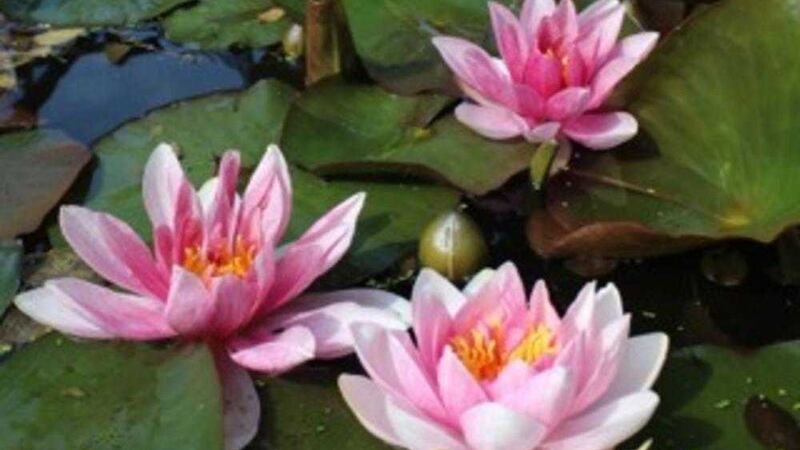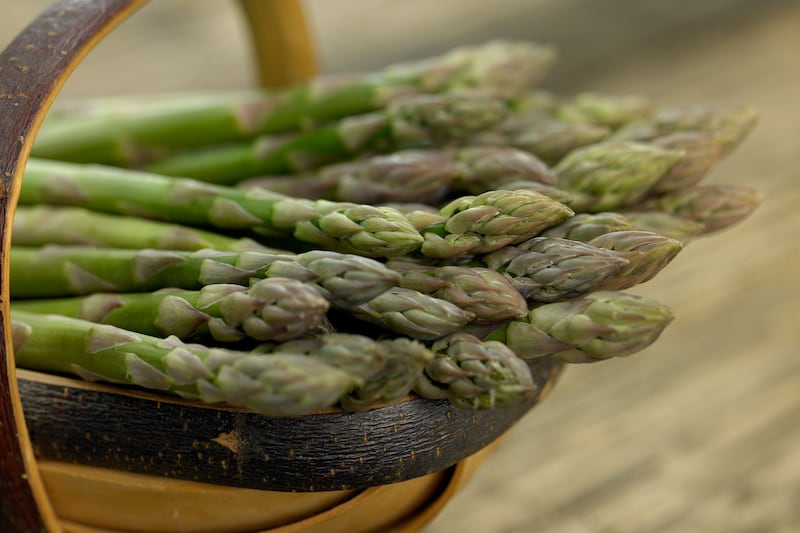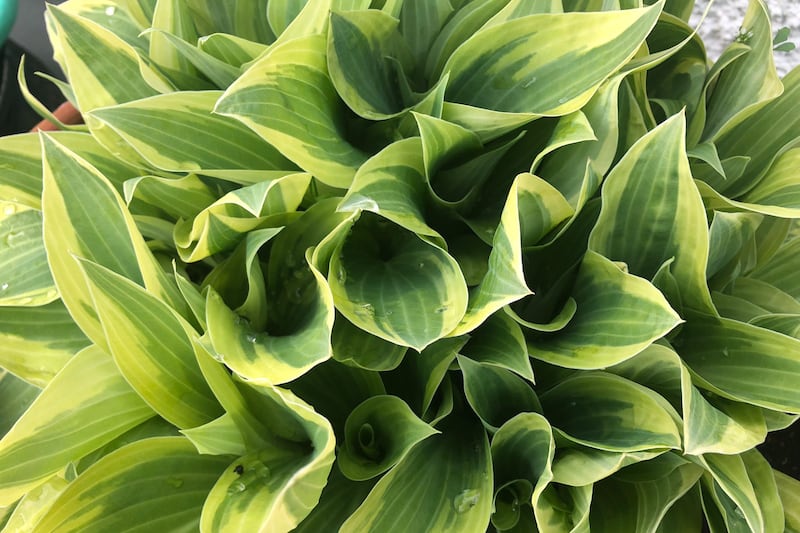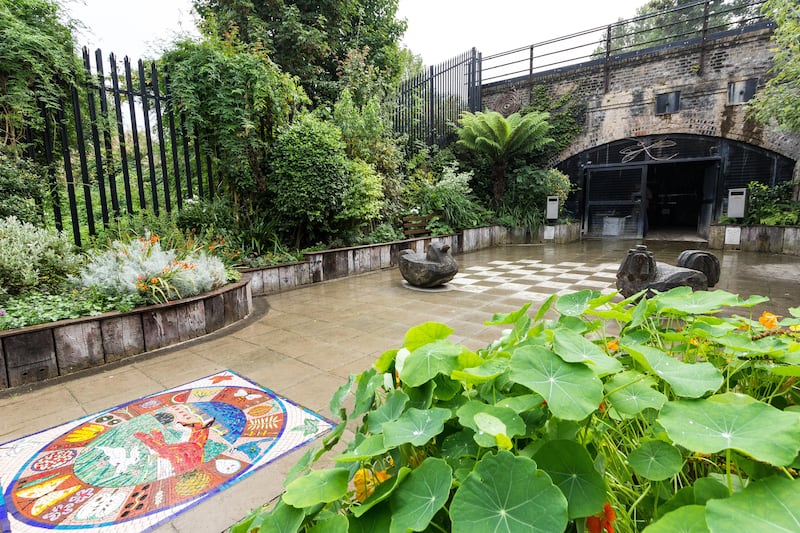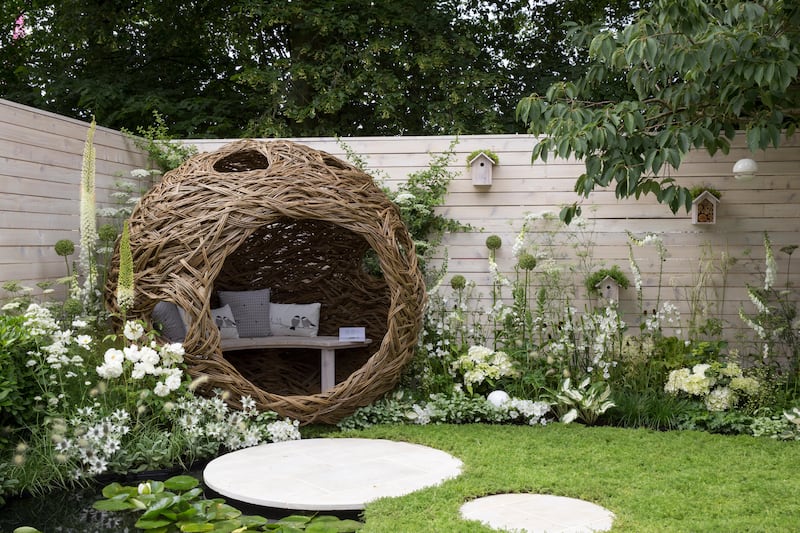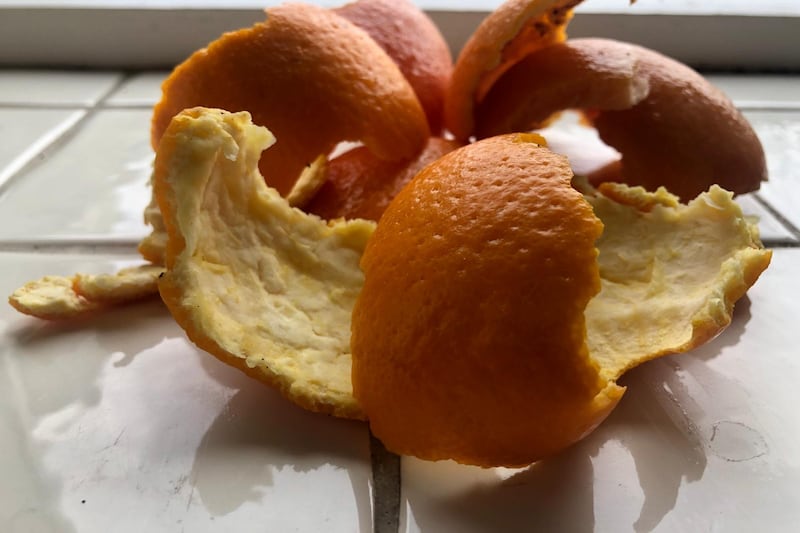THE value of a water feature in the garden can’t be underestimated. Water adds a new element to your space, opening up all sorts of aesthetic and planting possibilities. It also brings wildlife to the garden, expanding its biodiversity and creating a healthier ecosystem where pests are less likely to thrive.
Whether your water feature is a half barrel, an old enamel bath or a full-blown pond, you’re going to want some plants for it. Water plants are essential for the health of your water. They can ensure its balance is correct and the plant foliage is fabulous for absorbing carbon dioxide and minerals, helping keep algae at bay. Choose the right plants and your water feature will not only be beautiful but also provide a breeding ground for dragonflies, fish, frogs and sticklebacks.
There are four different groups of pond plants – oxygenators, floaters, marginals and deep water aquatics. Each group is equally important to the wellbeing of your pond:
:: Oxygenators are normally completely submerged. Water milfoil is very effective in a small pond or try willow moss which is evergreen, slow growing and effective.
:: Floaters or free floating plants have roots that dangle in the water as they float around on the water surface. Floaters include frog-bit, water lettuce and water soldier. Water hyacinth is a flowering floater but it needs a good summer to flower. Avoid duck-weed as it can be invasive.
:: Marginal plants grow at the edge of the pond in shallow water. Marginals are normally planted in baskets using aquatic compost. Try Typhus Minimus or Hippuris vulgaris (mares tail).
:: Deep water aquatics have their foliage above the water surface but have roots that are in water of at least 45cm deep. Water hawthorn (aponogeton) is scented, long flowering and will tolerate moving water and some shade.
Arguably, the most recognisable aquatic – and probably the most desirable – is the water lily. Available in a wide variety of flower shapes and colours, with its distinctive flat, circular 'pad' foliage, the deep water Nymphaeaceae familt are the stars of still and slow moving waters but dislike fast currents. Plenty of lily pads on your water’s surface will prevent it from warming up too much and turning into a sterile soup.
It’s important to get the right variety for your feature as water lilies vary widely in vigour and could outgrow a half-barrel in a matter of weeks. Make sure the ultimate plant size is suited to the water’s depth. Miniature and small cultivars are available.
Nymphaea tetragona, the Chinese miniature lily, needs just just six inches of water, while the profusely flowering 'Andreana' needs four times that depth. The reliability of ‘Pygmaea Helvola’, which has small olive-green and star-shaped canary-yellow flowers throughout summer, is underscored by the RHS’s Award of Garden Merit (AGM).
For a greater depth try ’James Brydon’ – another AGM holder – which is happy in partial shade and produces red flowers from June to September. ‘Paul Hariot’ has purple mottled leaves spreading more than a metre and flowers that change from creamy-apricot to deep pinkish-orange over the course of the season.
Larger AGM holders include the red-flowered ‘Escarboucle’ and the vigorous ‘Gladstoniana’, which has wavy-edged leaves and big white flowers.
Water lilies should be planted in a basket filled with low-nutrient, loamy soil or aquatic compost and raised up on bricks until it finds its depth. They’ll pretty much look after themselves but can benefit from the application of a aquatic fertiliser tablet every couple of years.
